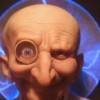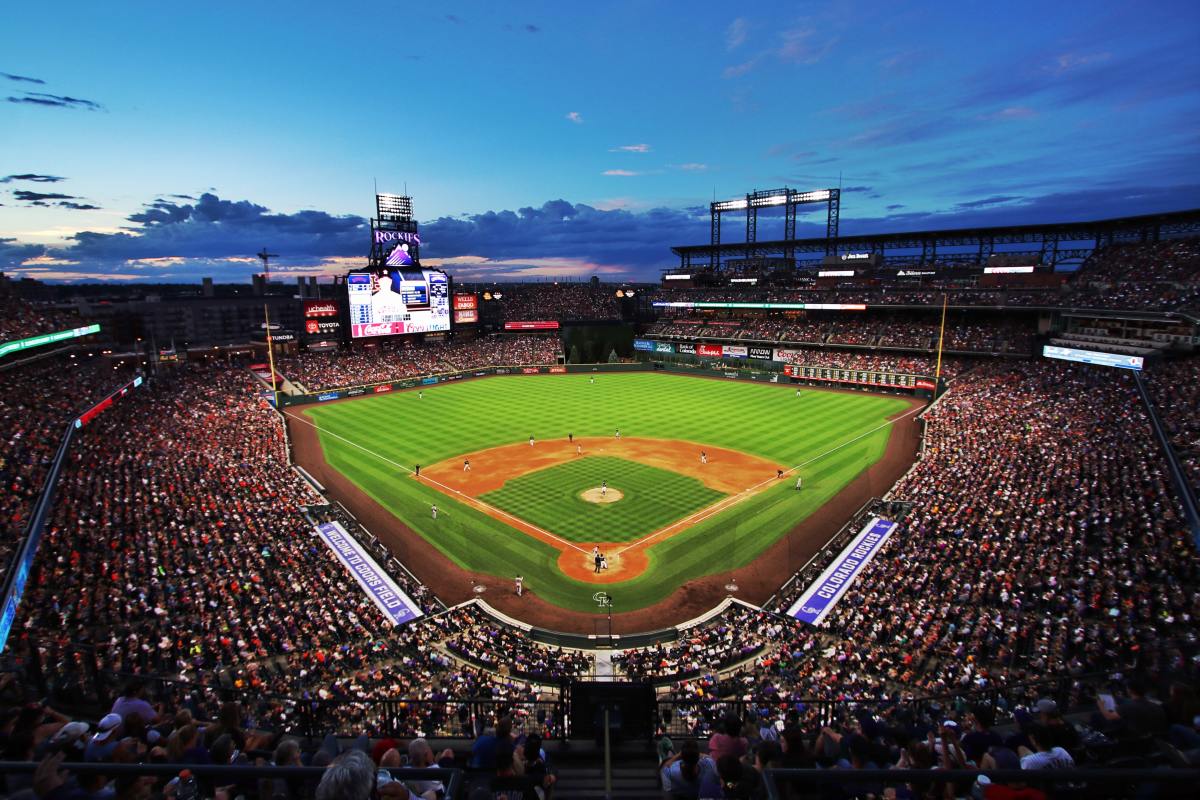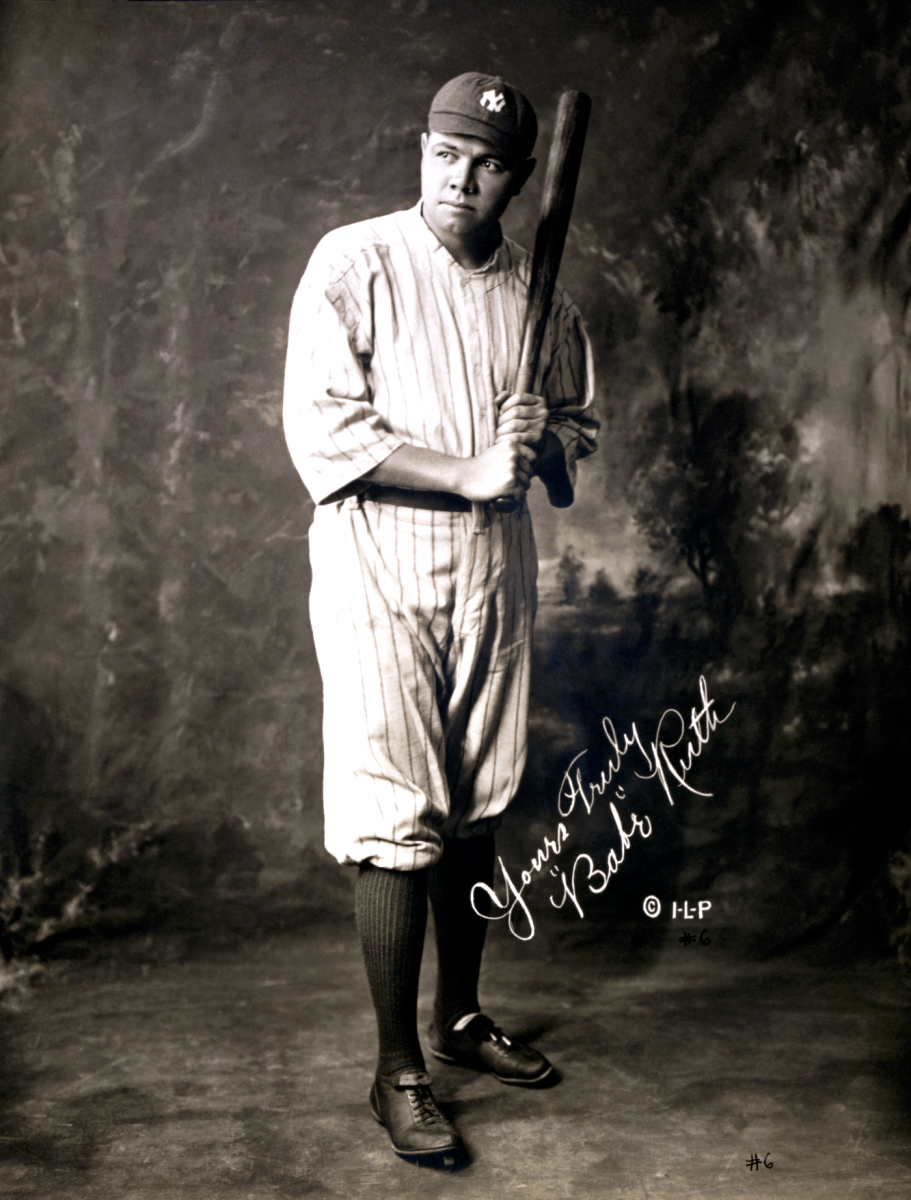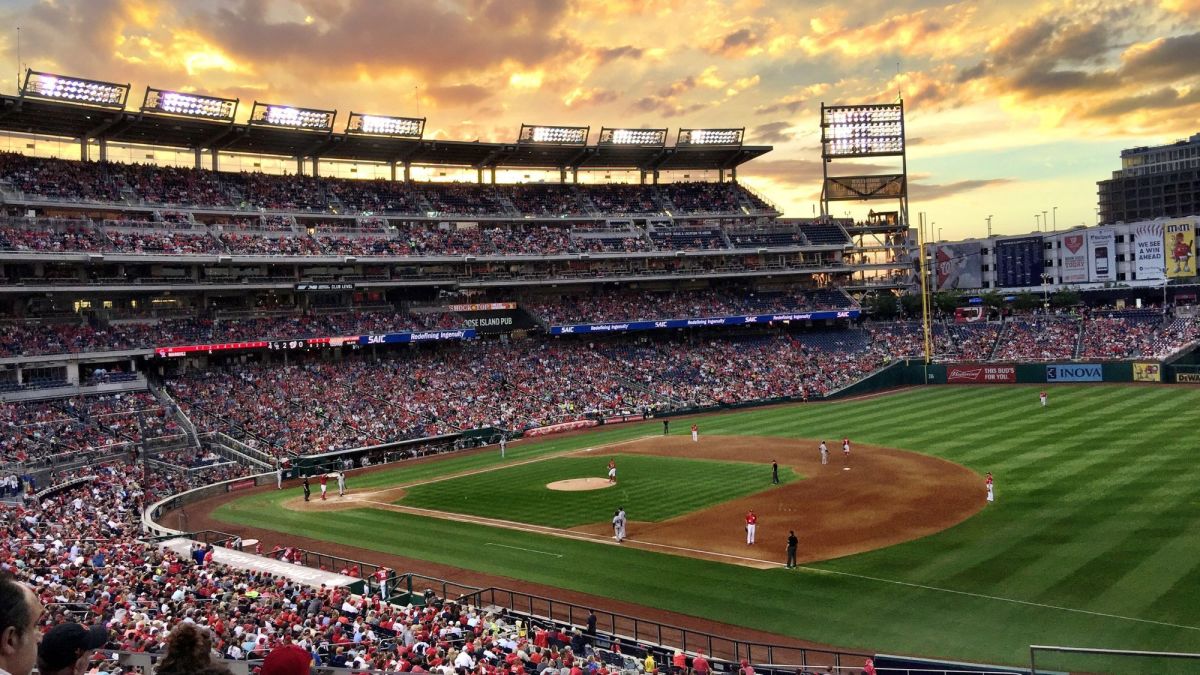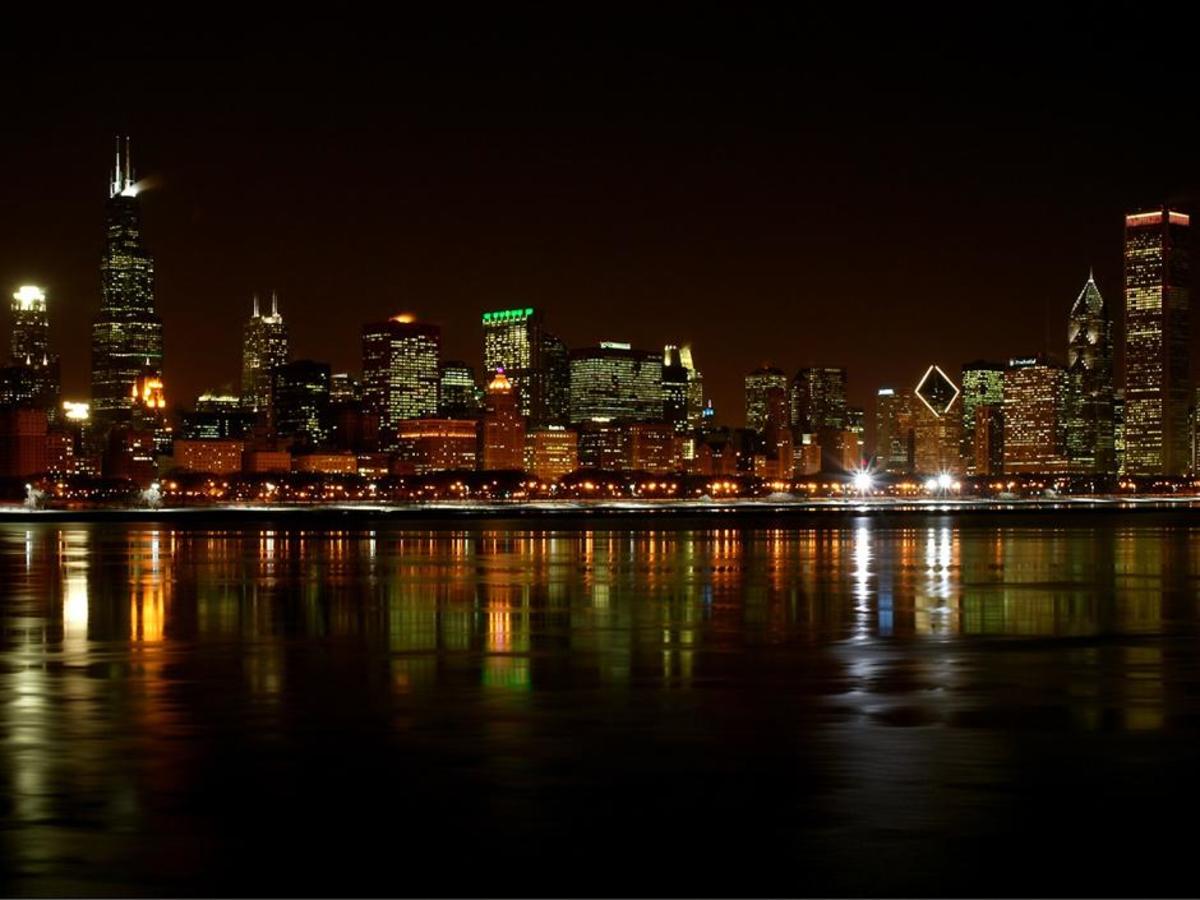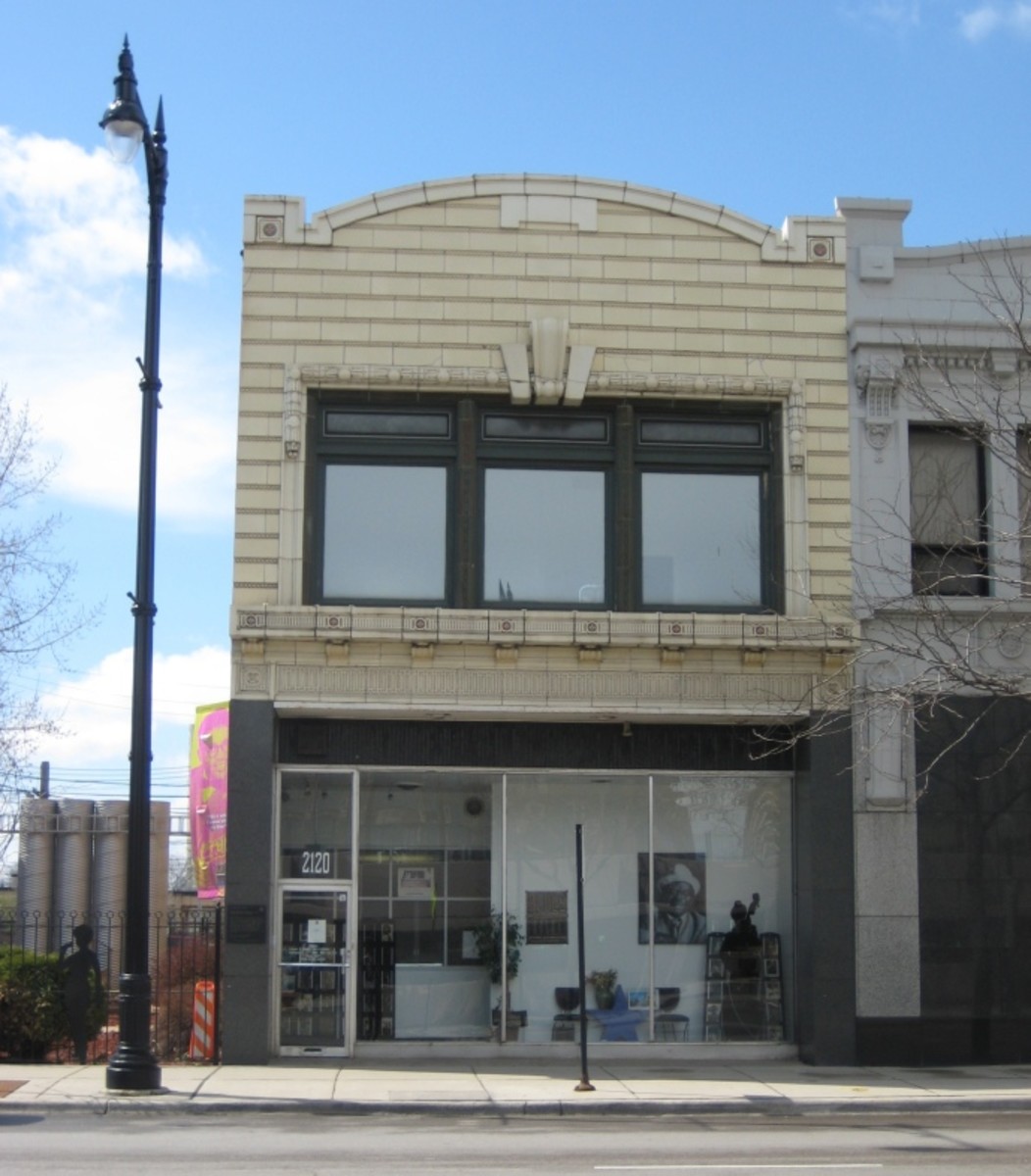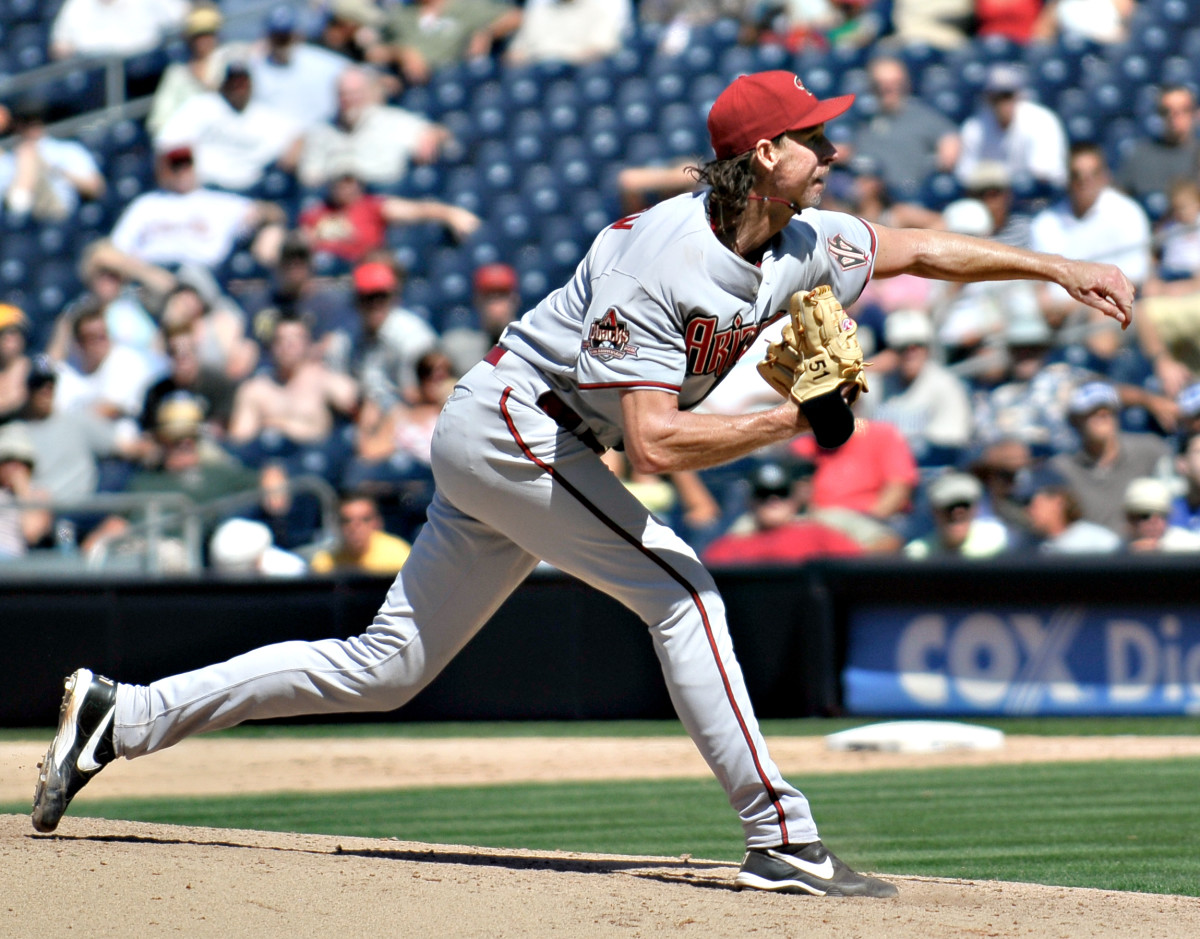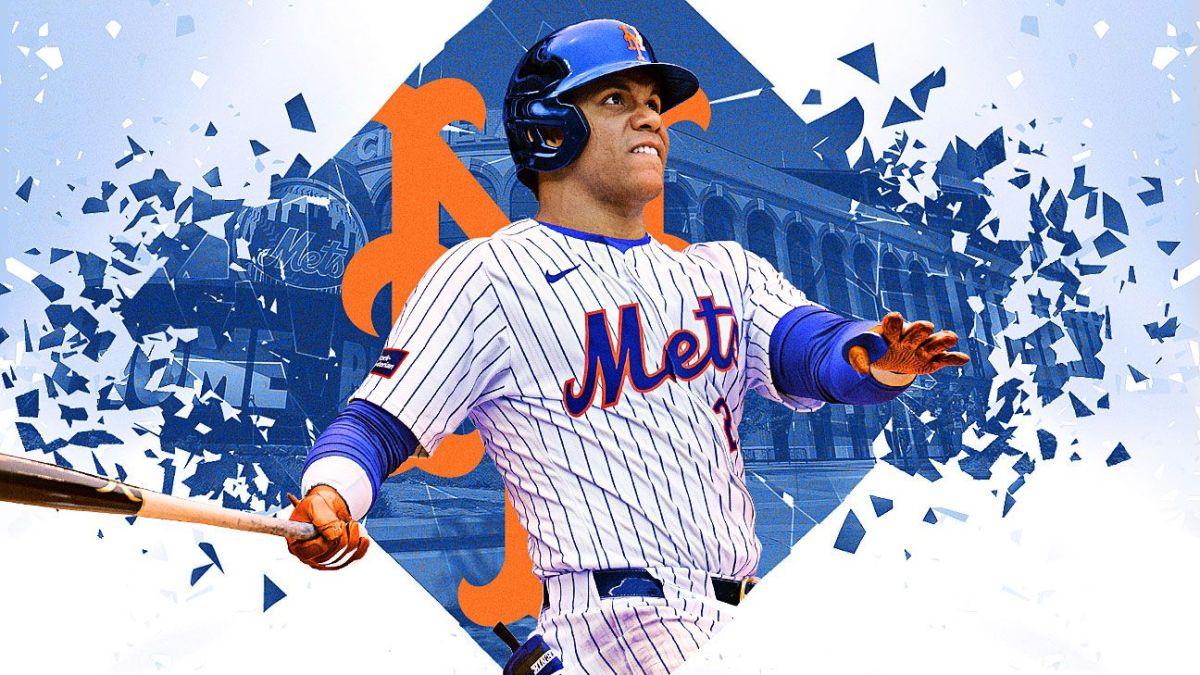The Disco Demolition

Disco Demolition Night At Comisky Park
Disco Demolition
On the night of July 12, 1979 at Comiskey Park in Chicago, White Sox fans stormed the field and caused their team to forfeit the game. The crowd did not storm the field because of a bad call or because the Sox lost. They stormed the field in protest to something that could cause the decline of western civilization. Specifically, they stormed the field to stop the spread of disco music.
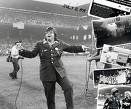

The Promotion
By 1979, a hatred was brewing of disco music in middle America to the point where anti-disco campaigns were waged throughout the Midwest by radio stations. WLUP of Chicago and DJ Steve Dahl created an organization in jest called the The Insane Coho Lips Anti-Disco Army to oppose disco.
On May 12 the baseball game between the Detroit Tigers and Chicago White Sox in Chicago was rained out and it was announced that the game would be made up as part of a doubleheader on July 12.
WLUP, Dahl and the White Sox Ownership came up with an idea. They began a promotion where people would attend the July 12 game and fans would bring their unwanted disco music records and get in the game for only 98 cents. The records would then be collected in a pile in center field and be blown up by Dahl.

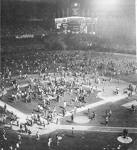
The Game
It is reported that the White Sox management was hoping for a crowd of 12,000 to turn out on disco demolition night (also known as disco sucks night.) However, the turnout far exceeded everyone’s expectations. 90,000 people turned out at Comiskey Park, which only held 52,000 maximum. Off ramps on the freeways were closed. Fans climbed fences once the White Sox started turning people away.
Before the game, the crate filled with disco records was put on the field. However, the radio station did not collect all the records brought from to the stadium that night. Most fans held the records in their seats. As the LPs were shaped like Frisbees, the fans began throwing the records from the stands. They also threw beer and some even threw firecrackers.
After the first game of the doubleheader, Dahl dressed in army fatigues went to center field with the crate of records. The create was rigged with a small explosive devise. Dahl exploded the crate, the explosion tore a hole in the outfield grass. Immediately, thousands of fans began storming the field. Fans lit fires on the field, some ran away from police but most began rioting.

The Aftermath.
The scene that ensued was pure madness. The fans tore down the batting cage, stole the bases and chunks of the outfield grass. After a while, the crowd simply wandered around the field in a daze.
White Sox announcer, Harry Carey implored the crowd the return to their seats. He even began singing his famed “Take Me Out To The Ballgame” to remind the fans they were at a baseball game. Eventually the Chicago Police Department arrived in riot gear and cleared the field. The Detroit Tigers argued that the field was in no condition to play a game on and their players were at risk to be hurt. The umpires agreed and the game was called. The next day, the American League forfeited the game to the Tigers.
37 people were arrested. Actor Michael Clarke Duncan was one of the first to storm the field and slid into third base. He also stole a bat from the dugout. The Bee Gees point to disco demolition night as the night disco formally ended. Mike Veeck, the son of the owner of the White Sox and "mastermind" behind the promotion along with Dahl, formally apologized to K.C. & The Sunshine Band.
Related Articles
- Famous Mistakes In Baseball History
Baseball has a long and rich history. From Babe Ruth, Mickey Mantle, Pete Rose through today, Baseball is rich in tradition and nostalgia. With this long history comes a rich tradition of horrible mistakes... - Best Arguments In Baseball History
Every sport has rules and those rules are enforced by objective referees, umpires and judges. During every game and match, someone disagrees with a call made by these objective observers. Sometimes these... - Best Sports Movies
Movies can capture moments that make the audience feel excitement or agony, fear or fun, happy or sad. The sounds, lights, music and action of movie can move the audience in a way that still cannot be...
